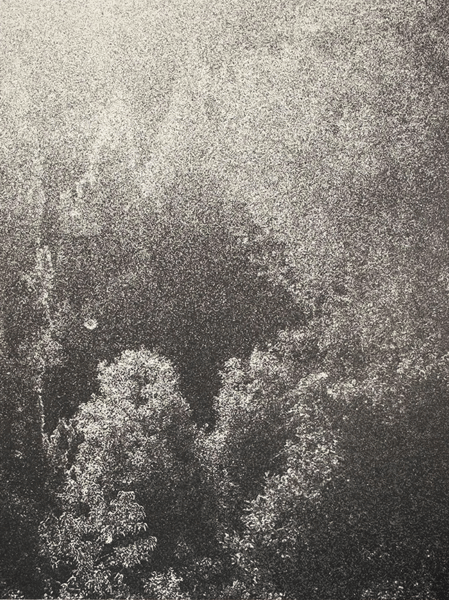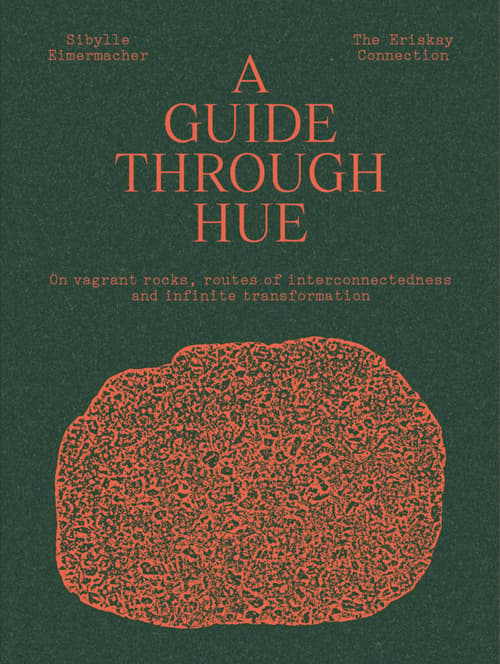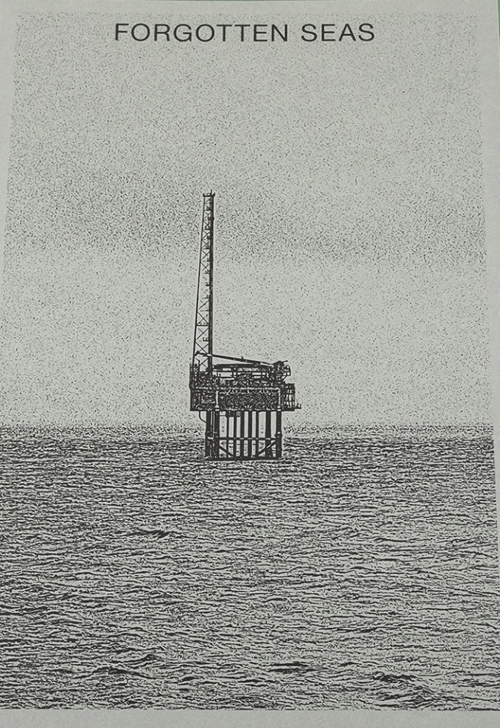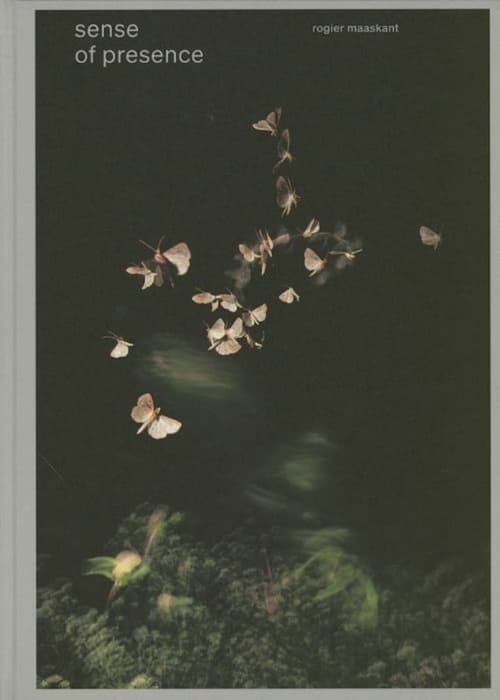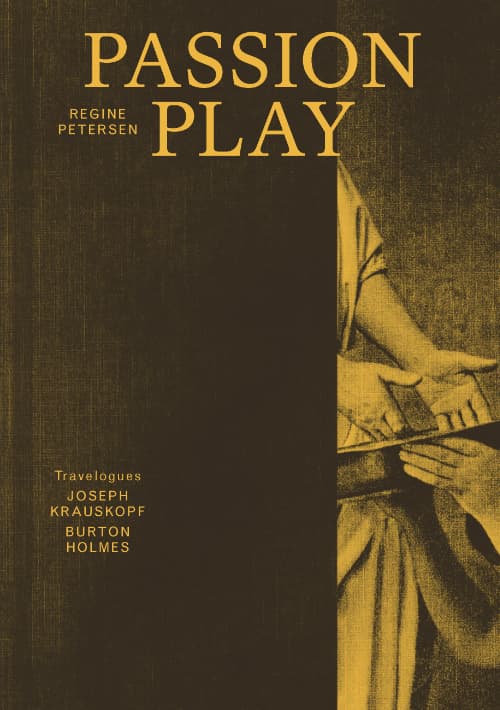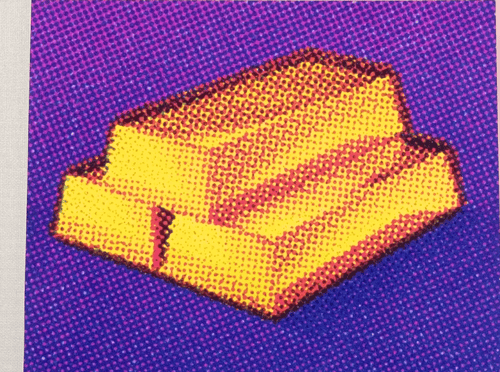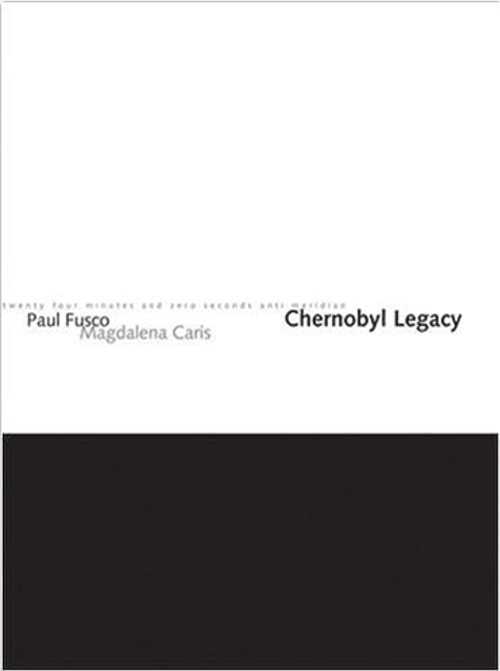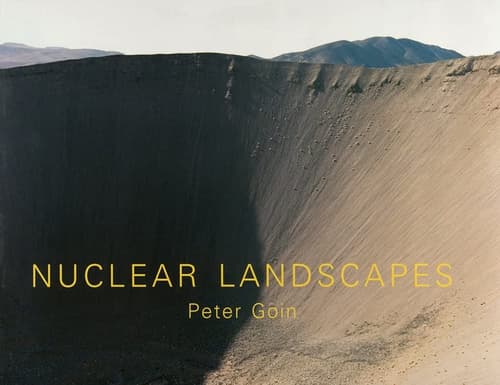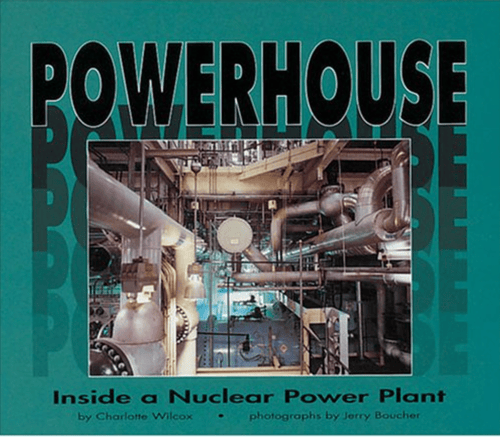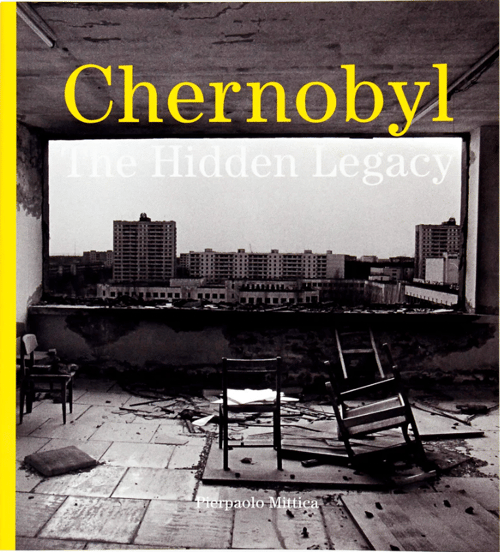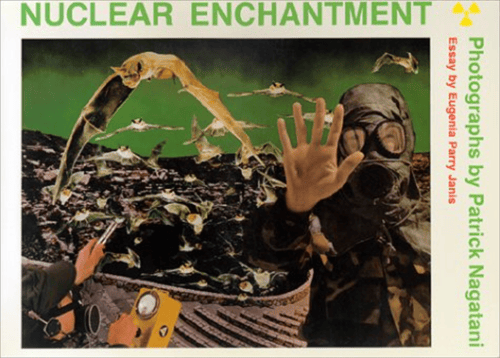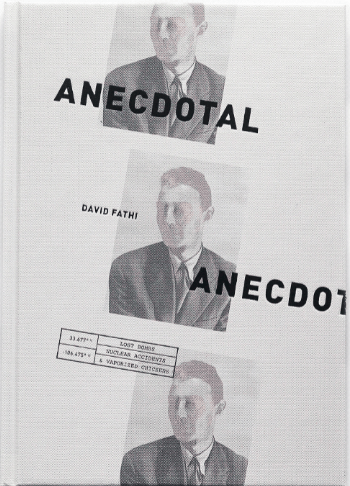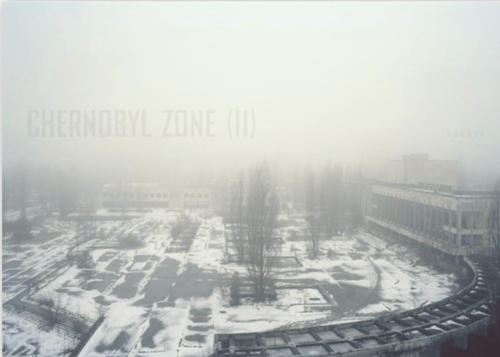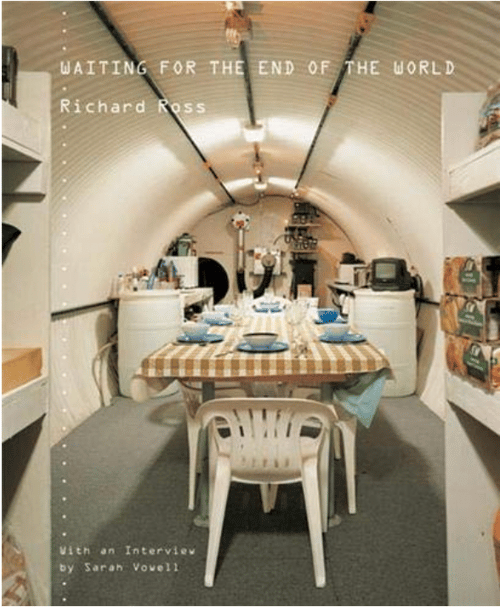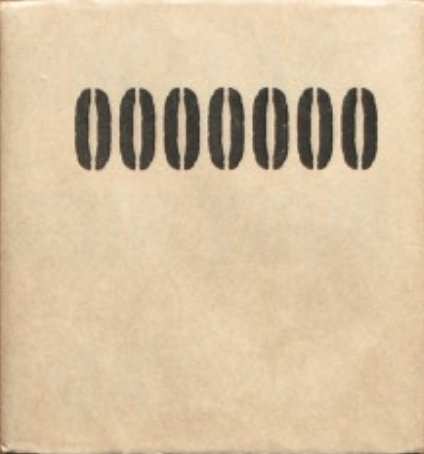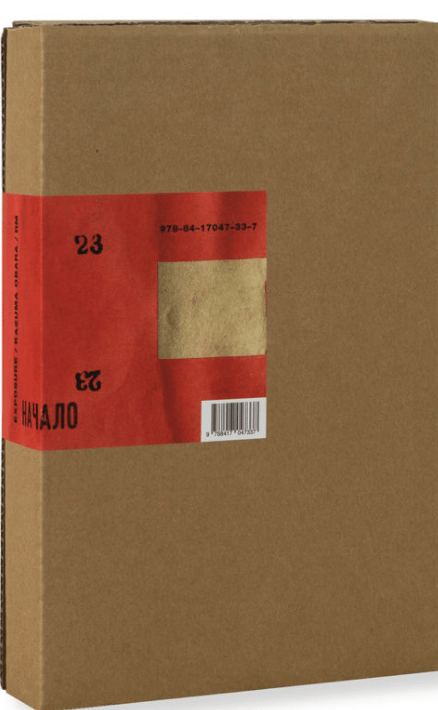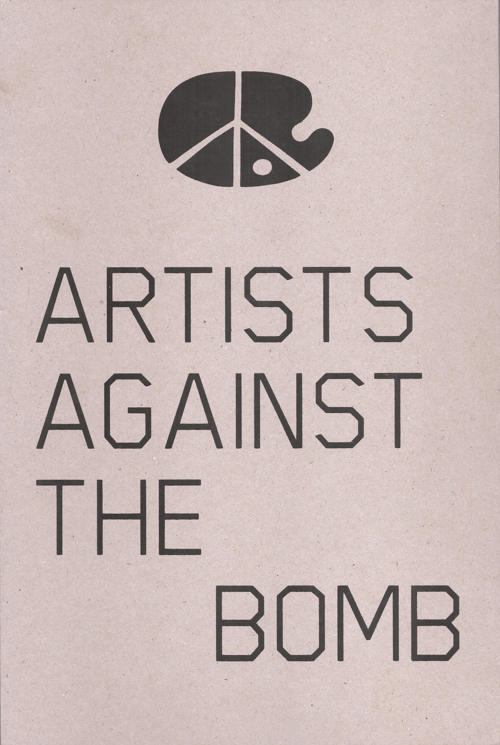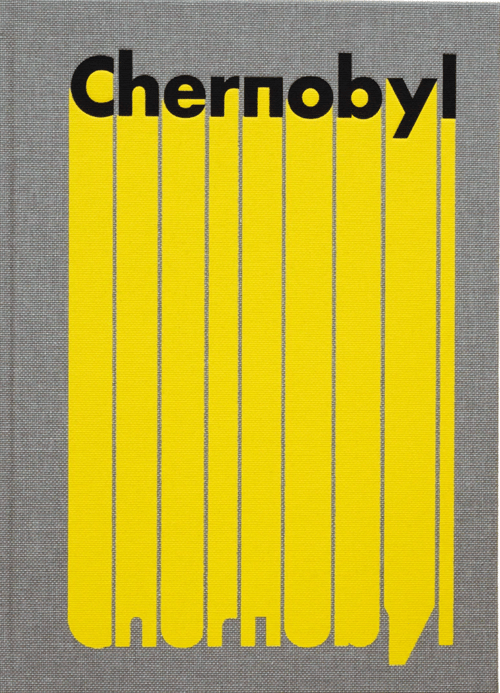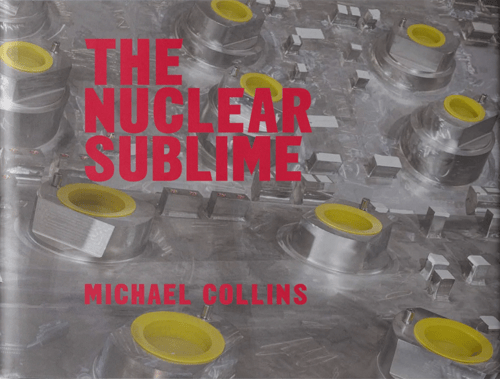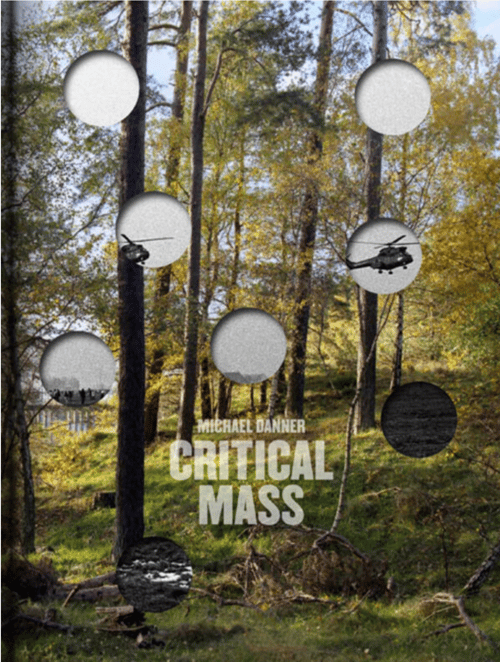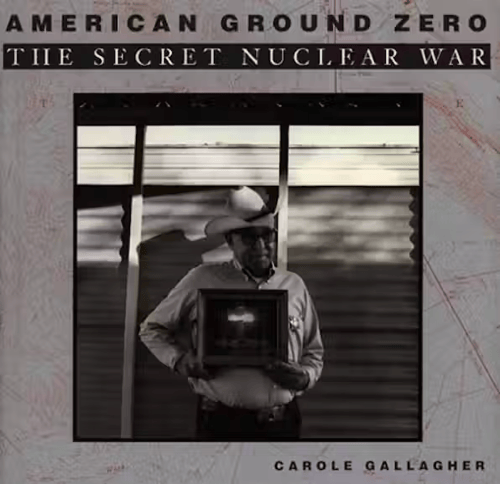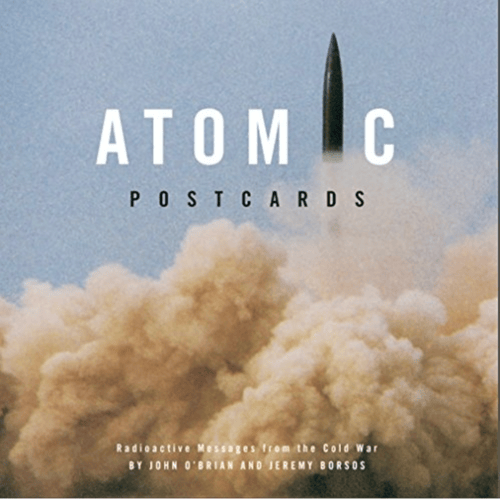Publisher Note
During most of World War II, Argentina maintained close ties with Germany and remained neutral for its hundreds of thousands of immigrants living in the country. After the war, it became the main safe haven for fleeing Germans, while President Juan Perón ordered to secretly smuggle in those with particular military and technological expertise that could help his country forward. One of these people was Austrian-born German scientist Ronald Richter.
Convincing Perón about the feasibility of generating unlimited energy through nuclear fusion, Richter managed to receive massive funding to build an experimental fusion reactor on Huemul Island, near the town of San Carlos the Bariloche in Patagonia. After two years of construction, Perón publicly announced that Richter’s experiments had been successful, adding that it all came down to “lighting up artificial suns on the Earth.” Worldwide interest and significant scepticism followed, and after a year of reporters and other scientists visiting the island to try to investigate the unsupported claims, only to be denied access or explanation, the truth came out about Richter’s deceptions and Project Huemul came to an abrupt end.
With the strange history of power and intrigue in the back of his mind, it was Huemul Island, among the many small islands in Nahuel Huapi Lake, that attracted the attention of Pablo Cabado . In Little Suns on Earth, this history becomes tangible with Cabado’s tritone photographs depicting a slow exploration of the deserted island, compiled from his many trips over a period of six years. Overgrown tracks, ruins of buildings, defaced walls with swastikas, bullets and electrical elements scattered around the area are the only remnants left of the secret development that took place.
The visual narrative is coupled with an illustrated essay by historian Diego Castelfranco, comprehensively elaborating on the strange and monumental history of this scientific autocracy, and the dream that was never attained.
__
Pablo Cabado (1963) is an Argentinian photographer. He studied photography at the Escuela Activa de Fotografia (Active School of Photography) and the Consejo Mexicano de Fotographia (Mexican Council of Photography), where he attended the Taller de los Lunes coordinated by Pedro Meyer.
Pablo Cabado lives and works in Argentina.
| Publisher | |
|---|---|
| Release Place | Amsterdam, Netherlands |
| Edition | 1st edition |
| Release Date | 2023 |
| Credits |
Writer:
Artist:
|
| Printrun | 400 |
| Identifiers |
ISBN-13:
9789492051981
|
| Work | |
|---|---|
| Subform | Photobook |
| Topics | Atomic Energy, Nucleare |
| Methods | Photography |
| Language | English |
| Object | |
|---|---|
| Format | softcover with glued booklet on the inside of the cover |
| Dimensions | 23.6 × 31.0 cm |
| Interior | |
|---|---|
| Pages | 104 |
